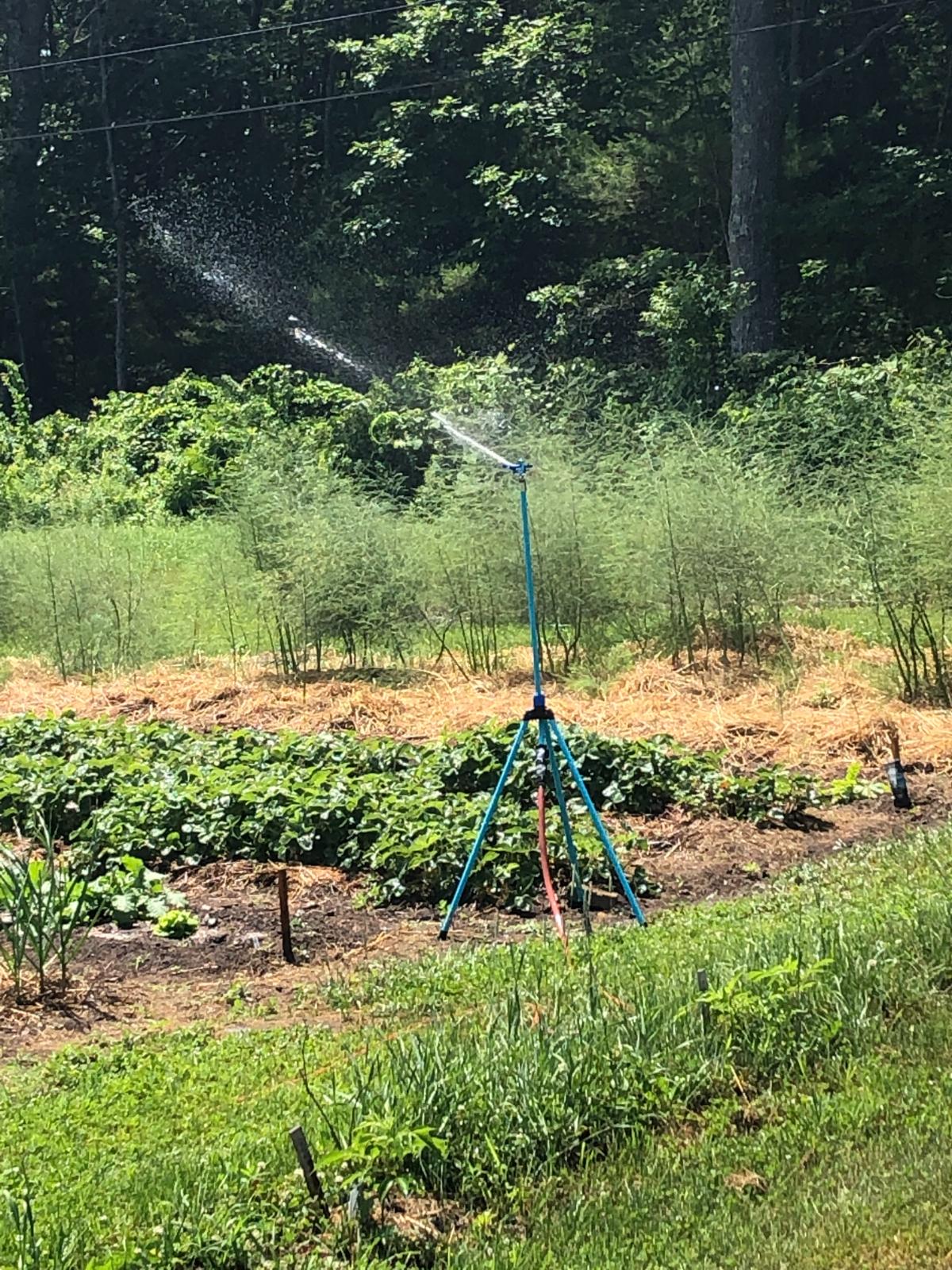Perhaps you thought you got the wrong seed, or your package was mislabeled. More than likely, that was not the case!.
Bush beans do sometimes send out vines that make them look a lot more like pole beans than bush beans.
As a home gardener few sights are more perplexing than bush beans ignoring their namesake and spreading out with reckless abandon. If your tidy rows of bushes have turned to sprawling vines you’ve likely wondered, “Why are my bush beans vining?”
While frustrating vining bush beans aren’t uncommon. The good news is that with a bit of troubleshooting you can get your unruly beans back in check. In this article, we’ll dive into the science behind vining beans and provide actionable tips to keep your crop contained. Let’s restore order to your bean patch!
What Triggers Bush Beans to Vine?
Bush beans derive their classification from their typically compact, upright growth habit. So what gives when they start to let loose and vine? A few key factors can unleash a bush bean’s inner vine.
Overcrowding
When bean plants are crammed together too densely, the race for resources induces vining as plants stretch for sunlight and nutrients. Bean vines form as plants elongate their stems and leaves attempting to overtop competitors. Prevent this by providing ample spacing at planting time.
Insufficient Support
Lacking structural support, bush bean plants start vining in an attempt to keep growth upright. Provide supports to counteract sprawling.
Excessive Moisture
Too much water can spur extra foliage growth, causing compact bush plants to vine outwards. Ensure proper drainage.
High Temperatures
Heat stress triggers bush bean plants to vine as they try elongating leaves and stems to protect fruit. Provide shade on extremely hot days.
Pure Genetics
Some “bush” varieties are simply genetically predisposed to vining no matter what. Seek out sturdier “true” bush cultivars.
Techniques to Keep Bush Beans Bushy
Luckily, with a bit of knowledge, you can coax your vines back into a tidy bush habit. Here are tips to keep your beans in check.
Space Beans Generously
Consult seed packets and space seeds/transplants accordingly. As a rule of thumb, bush beans need 4-6 inches between plants. Wider rows can help, too.
Stake or Trellis Plants
Install staking or trellises when planting to support plants as they grow. Bush beans do best with individual stakes.
Prune Wayward Vines
If vining persists, judiciously prune back wandering stems and leaves to contain plants. Avoid excessive pruning.
Mulch Beds
Mulch retains moisture and stifles weeds that compete for water and nutrients. 2-3 inches is ideal.
Check Drainage
Excess moisture encourages vining. Ensure bean beds drain well and avoid overwatering.
Provide Partial Shade
Shade cloth helps shield plants from intense sun and heat that can trigger vining.
Pick “True” Bush Varieties
Seek out cultivars described as “true” or “compact” bushes resistant to vining.
Frequently Asked Questions About Vining Bush Beans
Why are my bush beans spreading out?
Excessive moisture, overcrowding, heat, insufficient support, and genetics can all cause bush beans to vine.
How far apart should I plant bush beans?
Space bush bean plants 4-6 inches apart in all directions to prevent crowding and vining.
Should I use trellises for bush beans?
Trellises or stakes provide essential support to keep bush bean plants growing upright instead of vining.
Can I still harvest vining bush beans?
Yes! Vining doesn’t affect bean production. Just take care not to break vines during picking.
Will pruning stop bush beans from vining?
Strategic pruning of wayward vines can help refocus growth, but avoid over-pruning.
What causes too much foliage growth in beans?
Excessive moisture and nutrients coupled with dense spacing encourages leaf and vine growth.
Do bush beans need shade?
Partial shade shields beans from intense sun that can induce heat stress and vining.
How can you tell if drainage is poor for bush beans?
Standing water, soggy soil, mushrooms, and consistent vining point to drainage issues.
Are pole beans more prone to vining than bush beans?
Yes, vining is inherent in the growth habit of pole beans. Bush beans vine due to external factors.
Can I still plant vining bush beans next to other crops?
Yes, just be diligent about staking and pruning vines to prevent them from taking over.
With a bit of preventative care and prompt troubleshooting, you can get your unruly bush beans back in line. Simply providing ample space, shade, moisture, and supports will have your beans behaving in bushy form in no time. Don’t let runaway vines deter you – just get back to basics with your bean growing, and you can enjoy a bountiful harvest.

Why Bush Beans Sometimes Vine like Pole Beans

The bush beans we have today were all bred from pole beans. Naturally, beans are vining plants.
Bush beans that send out vines or tendrils are going back to the genes that came from their ancestors.
There are reasons for this, and it usually has nothing to do with a flaw or a bean seed that wasn’t labeled or packed correctly. When bush beans send out vines, it’s in response to growing and environmental conditions.
Conditions that Make Bush Beans Vine like Pole Beans

Different weather and growing conditions can sometimes cause bush beans to send out or grow as vines. This can happen when.
- Bush beans don’t get enough sunlight
- Bush bean plants are shaded
- Bush beans only get a few hours of direct sunlight
- The soil around the beans has a lot of nitrogen in it. If there is too much nitrogen, bush beans will send out vines.
- Beans get too much water
